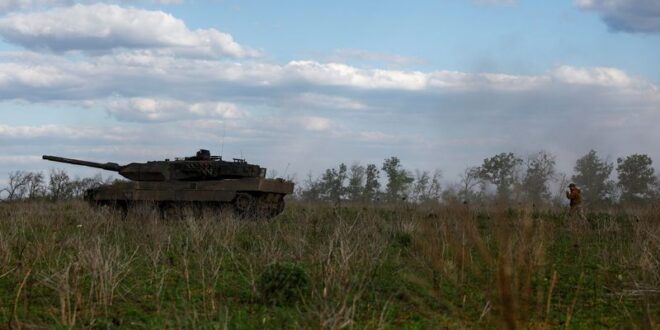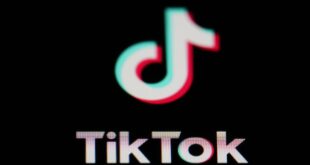PRAGUE/BRUSSELS (Reuters) – NATO foreign ministers will on Friday debate a military support package for Ukraine, proposed by alliance boss Jens Stoltenberg and due to be agreed at a summit in Washington in July.
With uncertainty over future U.S. support for Ukraine due to the possible return of former president Donald Trump to the White House, Stoltenberg has proposed putting military aid for Kyiv on a longer-term footing, along with a multi-year financial pledge.
But NATO’s 32 member countries have different views on the plan. The ministers will seek to narrow those divisions at their meeting in Prague on Thursday and Friday.
Here are the key elements of NATO Secretary General Stoltenberg’s plan – and the issues to be resolved before the Washington summit on July 9-11, according to officials and diplomats.
NATO COORDINATION
Stoltenberg has proposed that NATO take on coordination of international military aid for Ukraine, giving the alliance a more direct role in the war against Russia’s invasion while stopping well short of committing its own forces.
NATO would take over coordination of arms donations and supplies from the U.S.-led Ukraine Defense Contact Group, an ad-hoc coalition of some 50 nations, also called the Ramstein group, named after a U.S. air base in Germany where it first met.
The alliance would also coordinate the training of Ukrainian forces, an activity in which both the European Union and Britain are heavily involved.
The move is widely seen as an effort to provide a degree of “Trump-proofing” by putting coordination under a NATO umbrella, giving alliance military staff more autonomy to get on with the job with less direct political involvement.
But diplomats acknowledge such a move would have limited effect, as the U.S. is NATO’s dominant power and provides the majority of weaponry to Ukraine. So if Washington wanted to slash Western aid to Kyiv, it would still be able to do so.
NATO will also have to overcome resistance from Hungarian Prime Minister Viktor Orban, who has made clear his country will not take part in the new effort, arguing it brings the alliance closer to a catastrophic war with Russia.
Other members of NATO and the European Union have expressed frustration with persistent Hungarian blocking of aid to Ukraine, which they say aligns with Russia’s interests.
Even the name of the future NATO effort is contentious. Germany is objecting to it being called a “mission”, for fear of giving the impression NATO is going to war with Russia.
NATO will also have to overcome Ukrainian concerns that putting coordination under NATO may scare off countries outside the alliance who do not want to be associated with it.
FINANCIAL PLEDGE
Stoltenberg has proposed the allies make a big multi-year financial pledge of military aid to Ukraine, so the country can plan better and to send a signal to both Kyiv and Moscow that the West will remain committed for the long haul.
Officials have floated the sum of 100 billion euros ($108.13 billion) over the next five years, although Stoltenberg has not publicly mentioned a figure.
This part of the plan has run into resistance and scepticism among some allies, who argue that countries cannot commit such specific sums years in advance, particularly when future elections could change policies on Ukraine.
Other details remain unclear, such as how the overall amount and contributions from each country would be calculated.
MEMBERSHIP ASPIRATIONS
At last year’s NATO summit in Vilnius, Ukrainian President Volodymyr Zelenskiy shocked NATO leaders with an angry social media outburst when it became clear his country would not receive a formal invitation to join the alliance.
NATO’s official line is that Ukraine will join the alliance one day, but not while the country is at war.
“Ukraine’s future is in NATO,” NATO leaders declared at the Vilnius summit.
Since then, multiple allies have struck bilateral agreements to give arms and other support to Kyiv to bridge the gap until it becomes a NATO member, thus falling under the alliance’s Article 5 all-for-one, one-for-all defence clause.
But Ukraine and some of its Eastern European supporters inside NATO continue to push for an invitation, or at least a clearer path to membership. NATO officials are deliberating whether to come up with new language for an invitation in Washington.
“Ukraine’s membership will remain the elephant in the room,” a military source said.
While Eastern Europeans push for fast accession for Ukraine, the U.S. and Germany lead a more cautious camp.
($1 = 0.9248 euros)
(Reporting by Sabine Siebold, Andrew Gray and Jan Lopatka; Editing by Sharon Singleton)
 BeritaKini.biz Berita Viral Terkini di Malaysia
BeritaKini.biz Berita Viral Terkini di Malaysia





